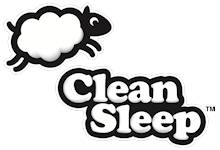Pillows and Cushions
Most pillows and cushions cannot be washed either because the fabric can’t be removed
or it harms the foam inside the pillow or cushion.
Pillows can absorb over 1 gallon of water over 1 year and many contain
over 100,000 mold and yeast colonies.
It’s not just fluffy feathers or marshmallowy synthetics in that comfy pillow of yours. There are probably also more than 1 million spores of as many as 16 types of fungus. That’s what an allergy researcher found after dissecting 10 pillows that had been slept on regularly for between 18 months and 20 years.
“I was surprised at the amount of fungi,” said Ashley Woodcock, professor at England’s University of Manchester. “It’s pretty staggering.”
Can it really be that bad?
“Open up an older pillow, and it’s a cesspool of mold, mildew, fungus, dust mites and mite feces,” said bedding expert Dan Schecter.
That’s a problem for people with allergies. The American College of Allergy, Asthma and Immunology estimates that some 10 percent of Americans have fungal sensitivity.
Woodcock began pondering pillows after seeing patients with such problems. “It struck me that bedding was a potentially important source of fungi,” he said. “The conditions … are so perfect: We put 20 gallons of sweat into our beds each year.”
Clean Sleep’s patent technology will not harm the fabric and foam in these items while killing 99.8% of the critters, viruses, and fungi that live within them.
